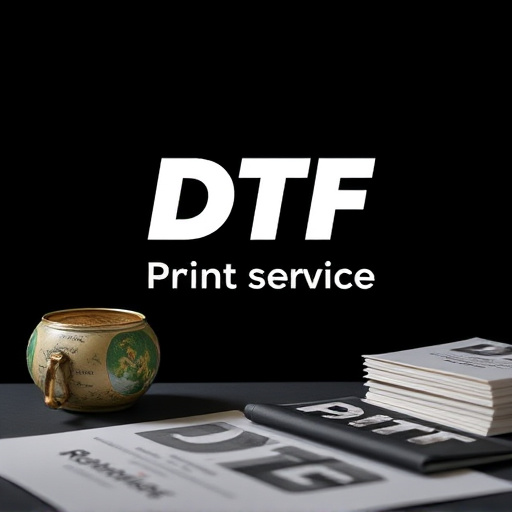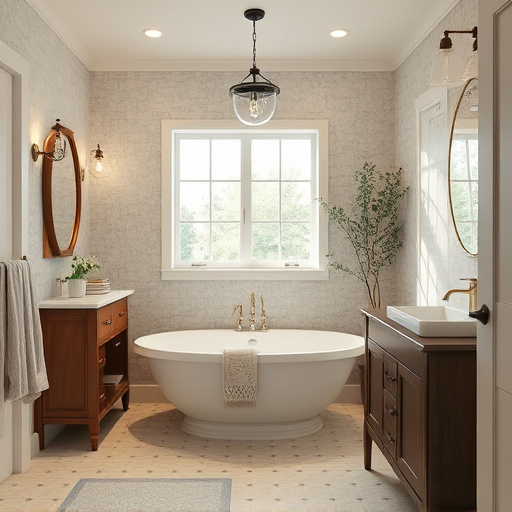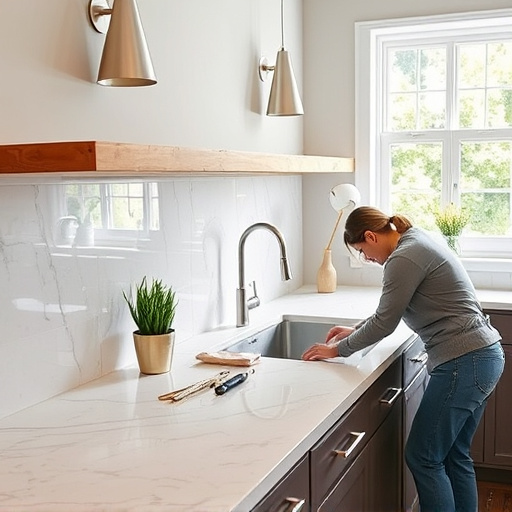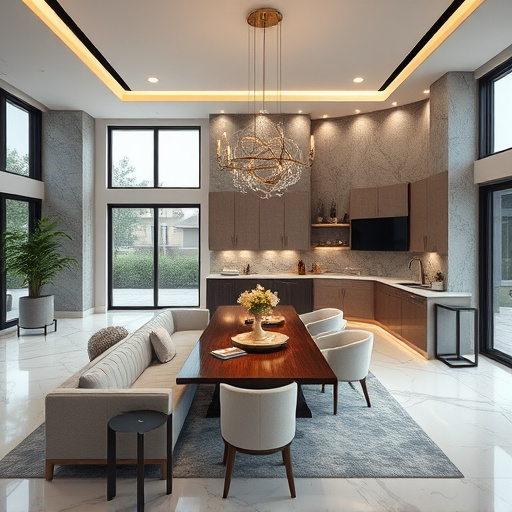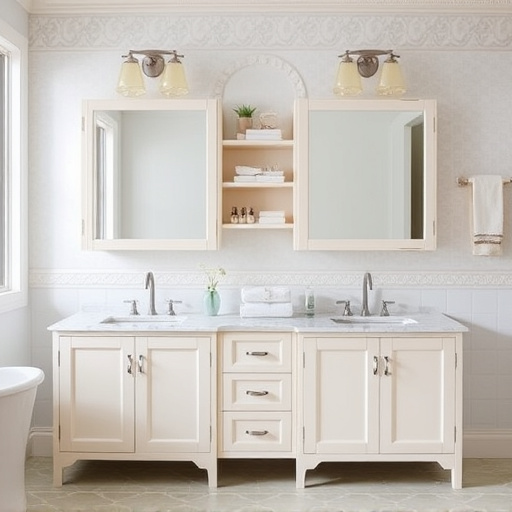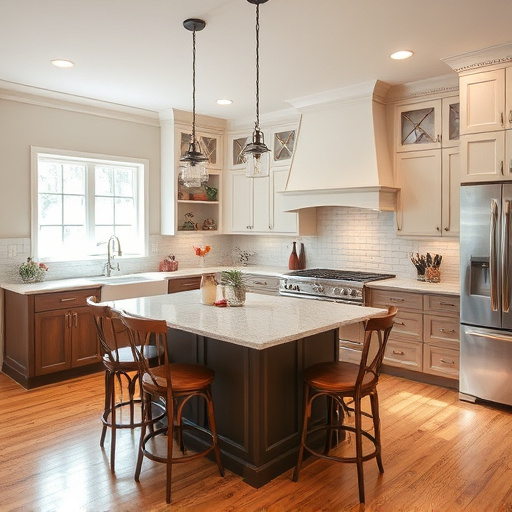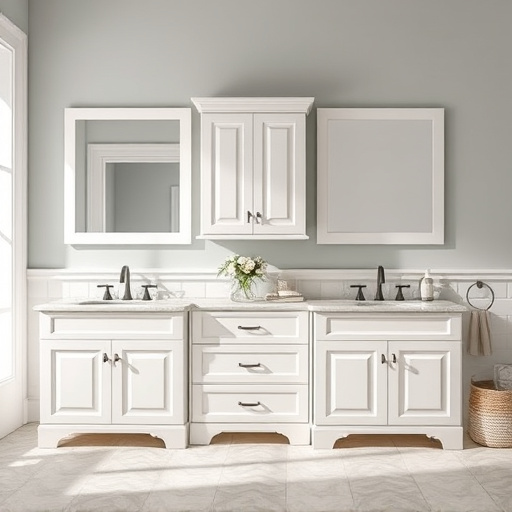Before remodeling your office, conduct a thorough assessment of its current layout, functionality, and condition. Consider employee numbers, tasks, industry needs, and engage with staff for insights. Prioritize improvements based on efficiency and satisfaction, focusing on layouts that enhance productivity and collaboration. Plan for future growth and changing dynamics to avoid costly retrofits, ensuring an inspiring workspace that supports your team's workflow.
Avoiding common pitfalls is key to a successful office remodel that enhances productivity and employee satisfaction. This article guides you through critical steps to ensure your project runs smoothly, from initial planning to final execution. Discover how assessing your space, involving stakeholders early on, and prioritizing adaptability can prevent costly mistakes. Learn best practices for setting goals, managing budgets, and creating a future-proof office environment that meets the evolving needs of your workforce. Optimize your workspace with these essential strategies for a successful office remodel.
- Assessing Your Space and Needs
- – Identifying key areas for improvement
- – Understanding your team's workflow and collaboration patterns
Assessing Your Space and Needs
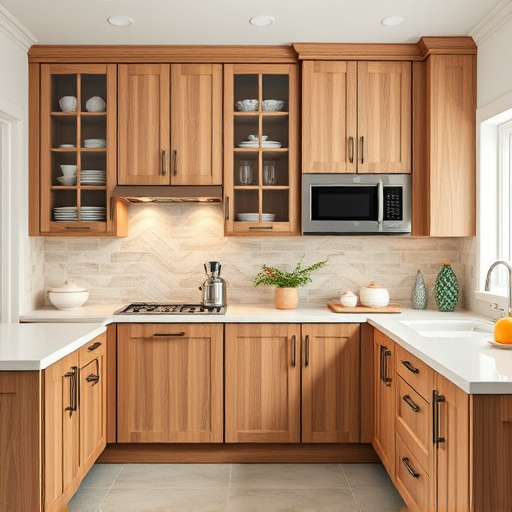
Before diving into an office remodel, it’s crucial to start with a thorough assessment of your current space and needs. This involves evaluating the layout, functionality, and overall condition of your workspace. Consider how many employees you need to accommodate, the types of tasks they’ll be performing, and any unique requirements specific to your industry or team dynamics. Unlike kitchen renovations or bathroom remodel projects, an office remodel often requires a more nuanced approach, focusing on creating productive environments tailored to specific roles.
By understanding these factors, you can avoid making hasty decisions that might lead to inefficient designs. For instance, if your business involves frequent virtual meetings, perhaps a reconfiguration of seating areas and collaboration spaces is all you need, rather than embarking on a costly whole house remodel. This strategic assessment will not only save you from unnecessary expenses but also ensure your newly remodeled office truly enhances productivity and fosters a positive work environment.
– Identifying key areas for improvement

Before diving into an office remodel, it’s crucial to identify key areas for improvement that will have the most significant impact on your space and its users. Start by assessing the current layout and functionality of the office. Is there a flow that doesn’t work well? Are certain spaces underutilized or overcrowded? Engaging in open conversations with employees can be invaluable at this stage, as they spend the most time in these spaces and have valuable insights into what needs fixing.
Consider not just the office remodel but also potential multiple room remodel needs—a kitchen remodel, for example, can significantly boost employee morale and productivity. Once you’ve identified problem areas, prioritize them based on both their impact on efficiency and employee satisfaction. This strategic approach ensures that your renovation budget is allocated wisely, creating a more productive, inspiring, and ultimately successful workplace environment in the process.
– Understanding your team's workflow and collaboration patterns
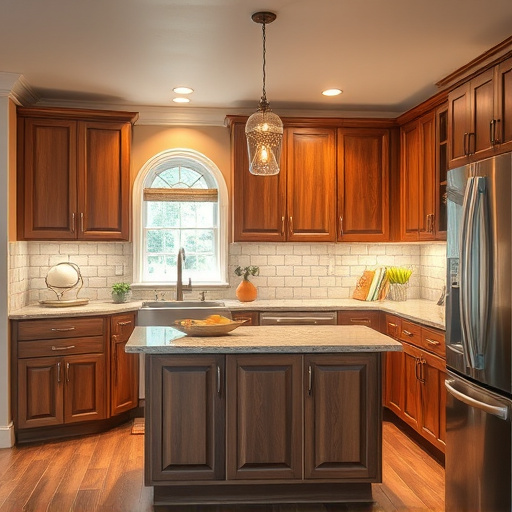
In the planning phase of an office remodel, it’s crucial to map out your team’s workflow and collaboration patterns. This involves understanding how employees move through their daily tasks, from meetings to individual work spaces. A common mistake is neglecting this aspect, leading to poorly designed layouts that do not accommodate natural workflows. For instance, placing essential resources or meeting rooms in inconvenient locations can disrupt productivity and communication. By observing and analyzing your team’s behaviors, you can create a space that fosters collaboration, reduces travel time, and enhances overall efficiency—all integral parts of a successful office remodel.
Moreover, integrating these insights into the renovation services you undertake ensures a smoother transition during and after the home improvement services. A well-designed office layout should not only accommodate current needs but also future growth and changing dynamics in team collaboration. This forward-thinking approach to home renovation can prevent costly retrofits later on and create an environment that continues to inspire and support your workforce.
Planning an office remodel can be exciting, but it’s easy to make mistakes that lead to costly delays or dissatisfaction. By thoroughly assessing your space, understanding your team’s needs, and prioritizing flexibility, you can avoid common pitfalls. Remember, a successful office remodel involves creating a functional, collaborative environment that supports productivity and growth—one that reflects the unique culture of your organization.
